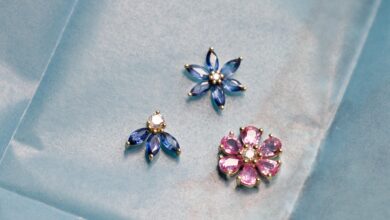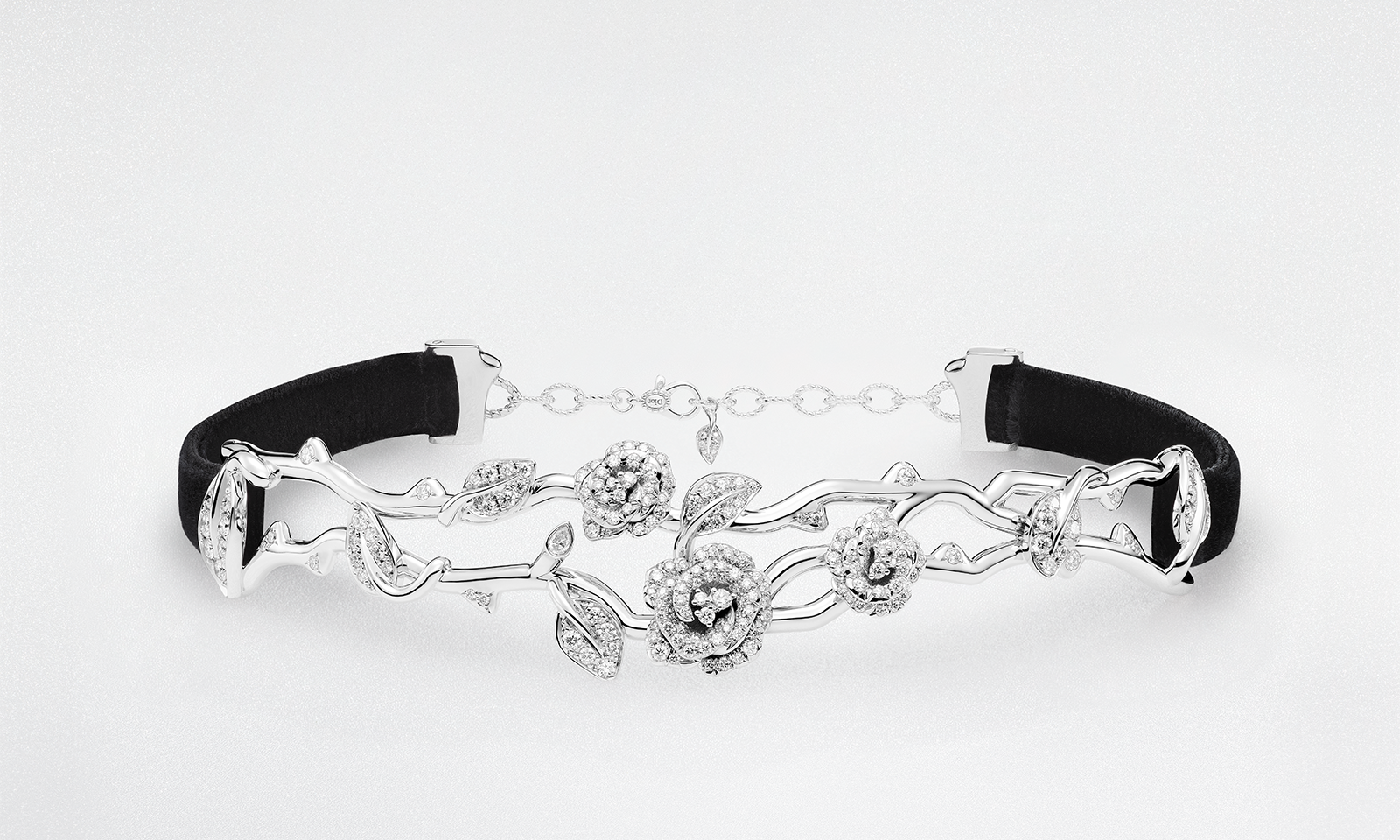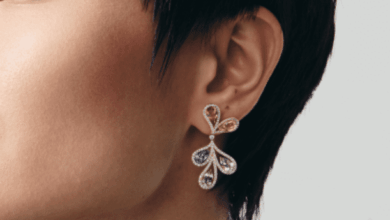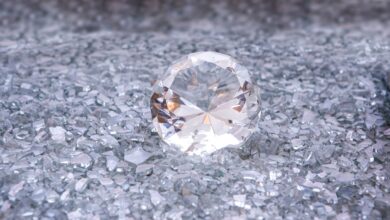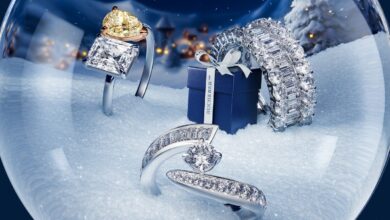Brilliant best: Why lab-grown diamonds have overtaken natural
Brett Afshar explains to Jewellery Focus the huge increase in lab-grown diamonds that Queensmith has seen, the reasons why consumers may prefer lab-grown over natural and whether the natural diamond market is on the ropes.
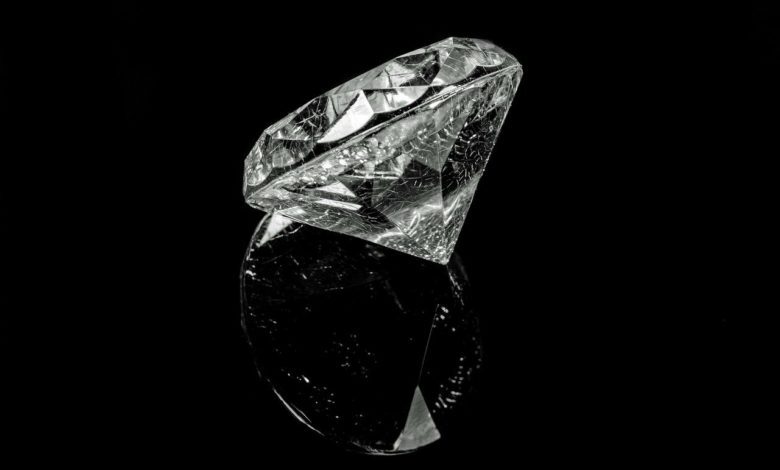
Register to get 1 free article
Reveal the article below by registering for our email newsletter.
Want unlimited access? View Plans
Already have an account? Sign in
“A natural one carat stone is gonna cost you about £10,000 in a lab grade, it’s gonna cost you about £2,000 so there’s massive polarisation between the two,” says Brett Afshar, MD and founder of Queensmith jewellers.
Lab-grown diamonds are no longer a new technology in the jewellery industry. Whilst they were originally created back in the 1950s they didn’t really take off in the consumer jewellery industry until the late 2010s.
Research from Queensmith found in 2019 that lab-grown diamonds made up around 1% of its engagement ring sales. By 2022 that number had risen to 53% and has only continued to rise.
Lab-grown is now a burgeoning industry. Allied Market Research estimated that the entire lab-grown industry was worth around $22.3bn (£17.8bn) in 2021 and that is expected to rise to $55.6bn (£44.4bn) by 2031.
“If we look at February figures, 74% [of sales] were lab grown and 26% were natural but then, we’re very well placed to offer lab grown [as a made to order workshop] so it’s not surprising that we’re sort of so high in terms of lab,” Afshar explains.
As a made to order workshop/retailer in Hatton Garden Queensmith are in a unique position to describe the state of the lab-grown vs natural diamond market. The company has a wide range of consumers all looking for the perfect ring.Afshar reveals that while many customers have their mind made up on whether they want a lab-grown or natural diamond, there is still a large portion of consumers who can go either way.
“There’s this massive section in the middle, that are between the two of them who are like swing voters and that’s probably where the real interest lies in the industry. While there is the cost of living crisis, that desire to have something nice and big and flashy on your finger remains and typically the price differential between natural and lab grown means that more clients are looking at natural and opting for natural for a lab grown,” he says.
It seems to be that the cost differential, especially in the current economic climate, is what has driven the proliferation of lab-grown diamonds. Afshar explains that many customers do not see the value in the rarity of a natural diamond.
“I would say that customers, like everything, are value driven and if they don’t see the value, in rarity of nature, they’re going to go for lab grown. It looks the same way and fundamentally is the same,” he states.
And it is the cost that Afshar believes has caused this trend. In his eyes natural diamonds have been too expensive for too long and lab-grown diamonds have created a two tier market with better access to people with lower incomes.
“The industry has tales of woe, about how diamond markets are being decimated by the growth [of lab-grown]. Lab grown is a disruptor in a market that hasn’t been disrupted in 3000 years. Consumers who research online, will make their own informed decisions on it and they’ll naturally look at pricing, and they’ll look at the value and they’ll make their decision based on whether or not they want natural lab grown.
“But that’s a decision that the industry has no control over. You can’t influence one way or another. We knew really early on that we were powerless to control whether or not a customer would want a natural or a lab grown, and we had to supply both. As a business, I was confident the two would sit very comfortably alongside each other as products that are compatible products,” Afshar states.
Cost aside Afshar also believes that another reason for the growth of lab-grown is an increase in people who want their diamonds being sourced ethically and sustainably. This has meant that Queensmith has put an emphasis on knowing where its diamonds have come from.
“A lot of our clients are very interested in sustainability and certainly we can prove that our diamonds have been grown using GSM, or eco methods like wind and solar, which is increasingly possible. A lot of clients want it based on modernism, but it’s being sustainable. So we’re making an active decision to have clear close ties to our suppliers,” Afshar notes.
Despite all this Afshar believes the growth has flattened out and that it may end up with lab-grown having around two-thirds of the market share and natural having the remaining third. He thinks that natural diamonds will always have a place in the jewellery market as they still have prestige and sentimental value to some consumers.
“For some it’s very difficult to place the sentimental significance of something that’s been created by a bloke, no matter how cleverly. So there’s always big clients that want natural and can’t get their sentimentality in something that’s been created in a lab. It doesn’t have those nice romantic connotations,” he explains.


